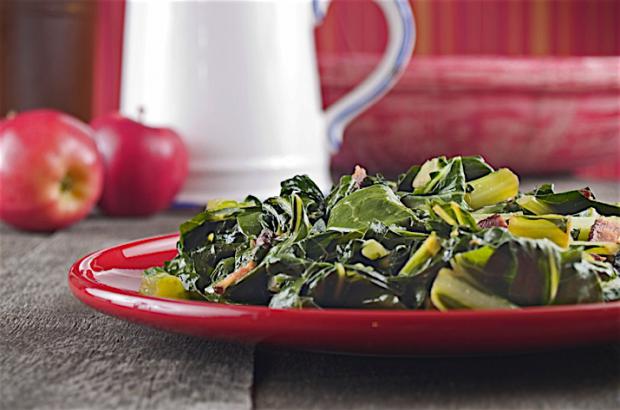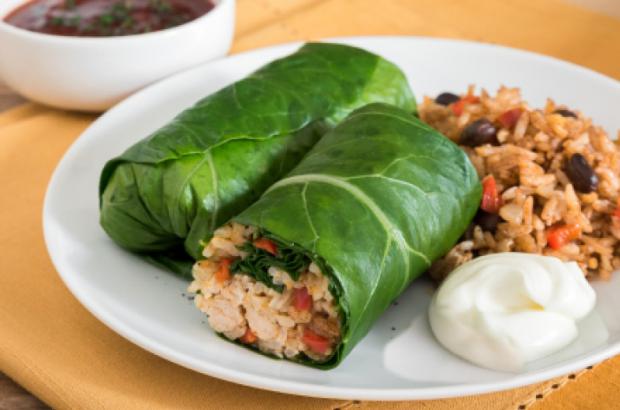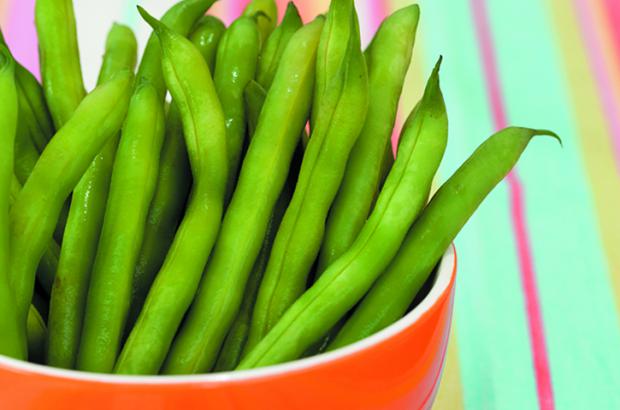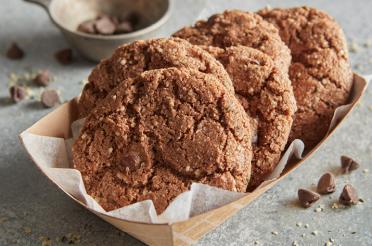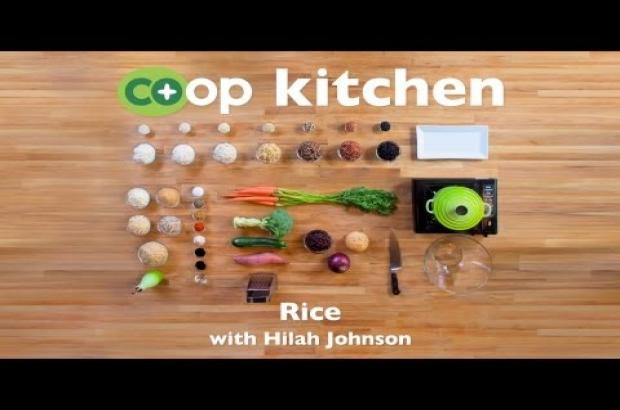Article
Collard Greens
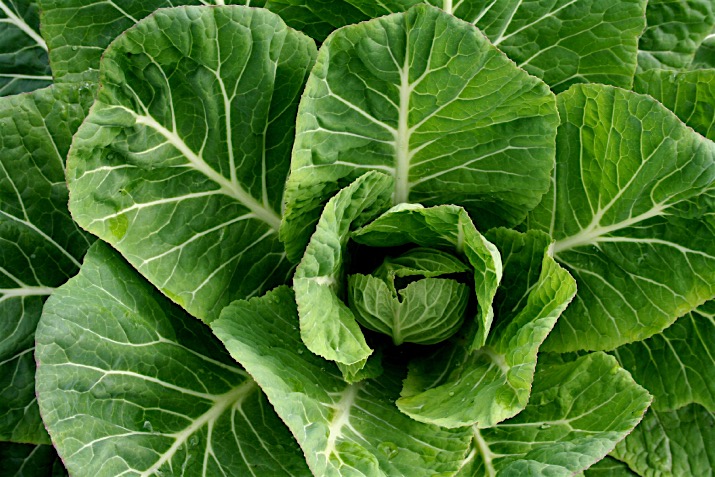
Southerners have a tradition of eating collard greens on New Year's Day, to ensure wealth in the coming year. Apparently, the leaves represent paper money, while cornbread represents coins. While that guarantee might take a giant leap of faith, enjoying collard greens year round, no matter where you live, is easy to imagine.
The name collard comes from the word "colewort" or "cabbage plant." It's also sometimes called tree-cabbage or non-heading cabbage. Pretty enough to be grown as a garden ornamental, collards are a non-heading member of the Brassica family and are related to cabbage, kale and broccoli. They're a descendant of wild cabbage, eaten since prehistoric times.
A cold-hardy plant, collards can be grown for harvest in the spring or fall; a fall crop is thought to be more flavorful than a spring crop.
Collards are an excellent source of vitamins K, A and C as well as manganese, folate, calcium and dietary fiber. They're also a very good source of potassium, vitamins B2 and B6 and a good source of vitamin E, magnesium, protein, omega-3 fatty acids, vitamins B1, B5, niacin, zinc, phosphorus, iron and pantothenic acid.
The leaves are dark blue-green, smooth and broad. Unlike kale, they don't have ruffled edges. Varieties fall into two categories, a loose-leaf type and a compact type. The loose-leaf varieties include Vates and Georgia collards, and the compact varieties include Morris Heading and Cabbage Collards. Hybrids include Flash and HeaviCrop.
The mild, slightly bitter, slightly salty/smoky flavor of collards is enhanced by the strong flavors of onions, garlic, jalapeños, coriander and cumin in these Spicy Collard Greens. Always delicious when served with black-eyed peas and cornbread, they can often be used in place of other leafy greens in recipes; just give them a little more cooking time than tender greens. Saute or steam them as a side and dress them with a Bacon Vinaigrette. Or, for something unusual, try them instead of rice paper to make spring rolls, like these Asian Collard Wraps.
Collards are wonderful in a variety of Portuguese and Brazilian soups and stews, like Feijoada (a pork and bean stew) and Caldo verde (a "green broth" soup of potatoes and kale or collard greens).
Collards are usually available year round, though they're at their peak in January through April. Look for firm, unwilted, deep green leaves with sturdy stems. Avoid those with yellowing or browning. The smaller leaves will be more tender and mild than larger ones.
Store collards unwashed in a damp paper towel in a plastic bag in the refrigerator for three to five days.

